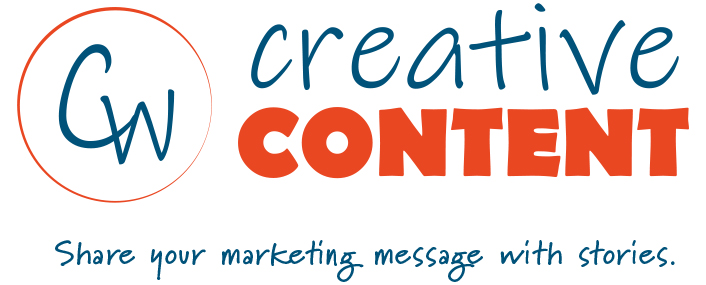Information is everywhere. LOTS of it, too – more than most of us could ever use. Kind of makes you want to just “tune out” some days, doesn’t it?
So how do you grab the attention of prospective customers when most of them are too busy to read your information? You use good content, along with a few very important ingredients.
This article talks about what those ingredients are, and why they’re even more important online than they are in print.
* * *
According to Web usability expert Jakob Nielsen, people scan text online – they don’t really read it. That’s why the #1 ingredient of great online copy is the headline. However, headlines on a Web page don’t work quite the same way they do in print.
Headlines
The main job of a headline on the Internet is to let the reader know they’re in the right spot. If people are only scanning your copy, the faster they can see what it is you’re talking about, the better.
PROBLEM: Boring headlines. One way around this is to add a description that draws the reader into the copy. For example, instead of a headline that just says “Exotic Fish,” you could try one of these:
Exotic Fish: How to Choose the Right Ones for Your Home Aquarium
OR
Choosing the Right Exotic Fish for Your Home Aquarium
Listed below are three other important items you should always include in online copy:
Bullets
Bulleted lists are one of the easiest ways to read copy, both in print and online. But they’re
especially important online, when readers are quickly scanning through your website.
One way to come up with ideas for bullets to use on your own site is to look over a piece of
marketing collateral you already have (a sales letter or brochure, for instance), and figure out ways to break them down into lists.
EXAMPLE: A paragraph on the types of fish to avoid getting for a home aquarium could easily be broken down into a bulleted list, as could information on equipment you need or food requirements.
Subheads
Subheads are really just mini-headlines that help your reader get a quick snapshot of an entire article or section of a Web page. Not only does the text look more interesting if it’s broken up like this, readers can also find the information they need much quicker. Which makes your site a lot more user-friendly – very important for any website!
Descriptive Links
Hyperlinks are buttons, images, or underlined sections of copy that take a reader from one page to another. One mistake some people make with hyperlinks is not making it clear as to what people are linking to.
When someone clicks on a link that says “For more information, click here.”, they’re not
completely sure what they’ll find. But they will if they see a link like this: “Get a list of
discounted items in our store.”
Remember: You’re Building Relationships
Another statistic from Jakob Nielsen says that only about 20% of online content on a typical information page is read by the average website visitor. The percentage is a lot higher for “About Us” pages, though – almost 80% of website visitors read those pages. That’s because people want to learn more about the human beings behind the website they’re looking at.
As with so many other aspects of running a successful business, people want to be able to
relate to those they do business with. It really IS all about relationships!
Building relationships with online visitors can be done in many ways. One way is to start an e-newsletter to keep in touch with customers and clients. Another way is to start a blog and/or start getting involved with social media.
Making your website sticky, easy, and interactive are three ways to build relationships – and trust – online.
Sticky – Provide information that will keep people coming back to your site.
Easy – Build your site so visitors can easily find what they want and can quickly do what they want to do (whether it’s placing an order or just opening a new page). Having a clean look to your page is important too.
Interactive – Find ways to provide opportunities for your customers to interact with you on your website and get immediate feedback. There are many ways to do this, which any knowledgeable webmaster can help you with.
RESOURCES
Letting Go of the Words: Writing Web Content that Works, by Janice (Ginny) Redish, was first published in 2007. A second edition was released five years later – in August 2012, which included several new examples and updated information on website content strategy, search engine optimization, and social media.
It’s not only a great resource, but easy to read – lots of colorful graphics and sidebars. Headlines like “Ten guidelines for tuning up your sentences,” “In pictures of people, show diversity,” and “Layer information to help web users” give you an idea of the depth of material covered in this book.
Despite the fact that it’s been almost 10 years since the second edition appeared, the information is as valuable as ever. One of the Amazon reviewers who gave this book a 5-star rating (in November 2019) had this to say: ““
Don’t Make Me Think: A Common Sense Approach to Web Usability, by Steve Krug, first came out in 2000, but was published with updated information in 2005. It does a great job of explaining – very simply – how to make a website more user-friendly.




